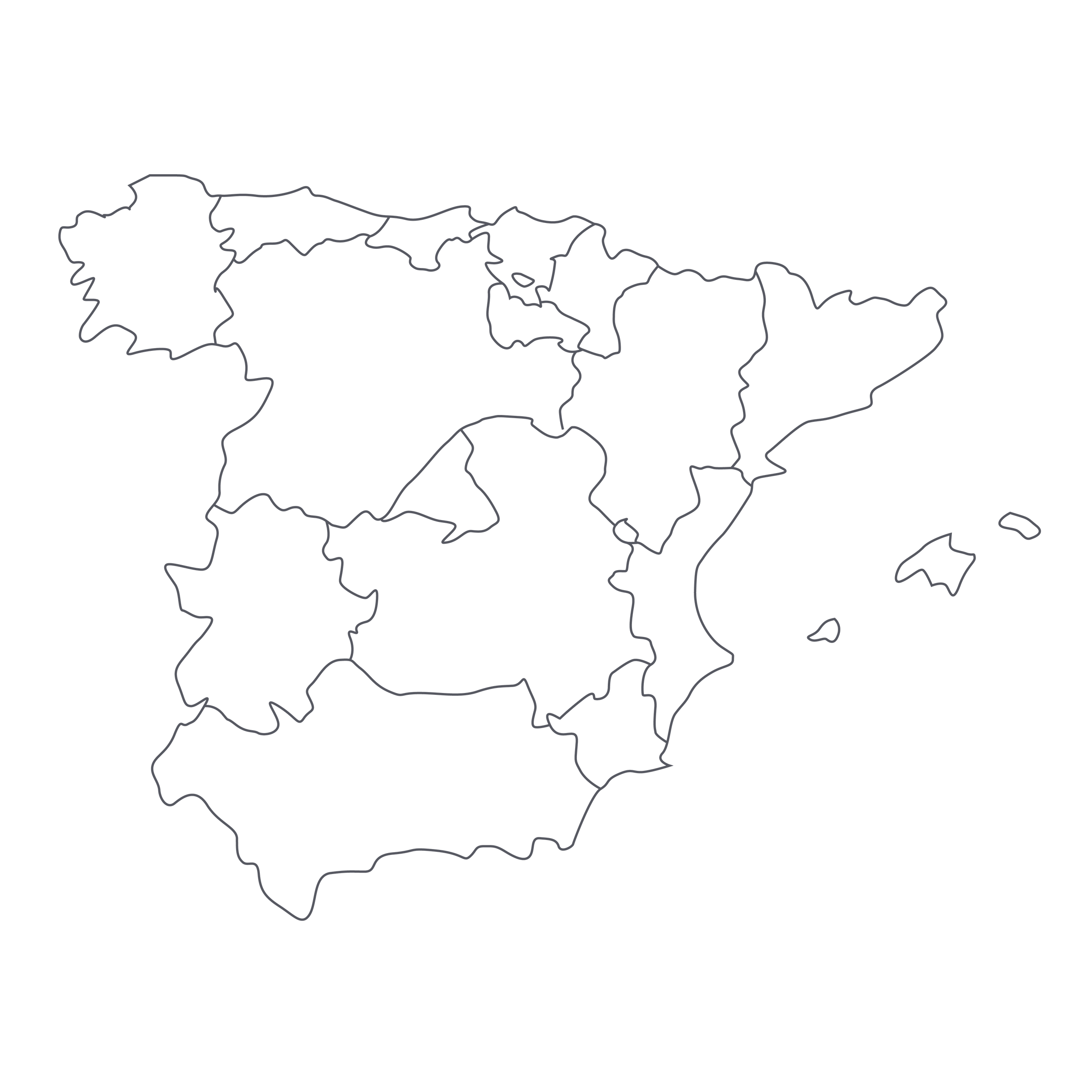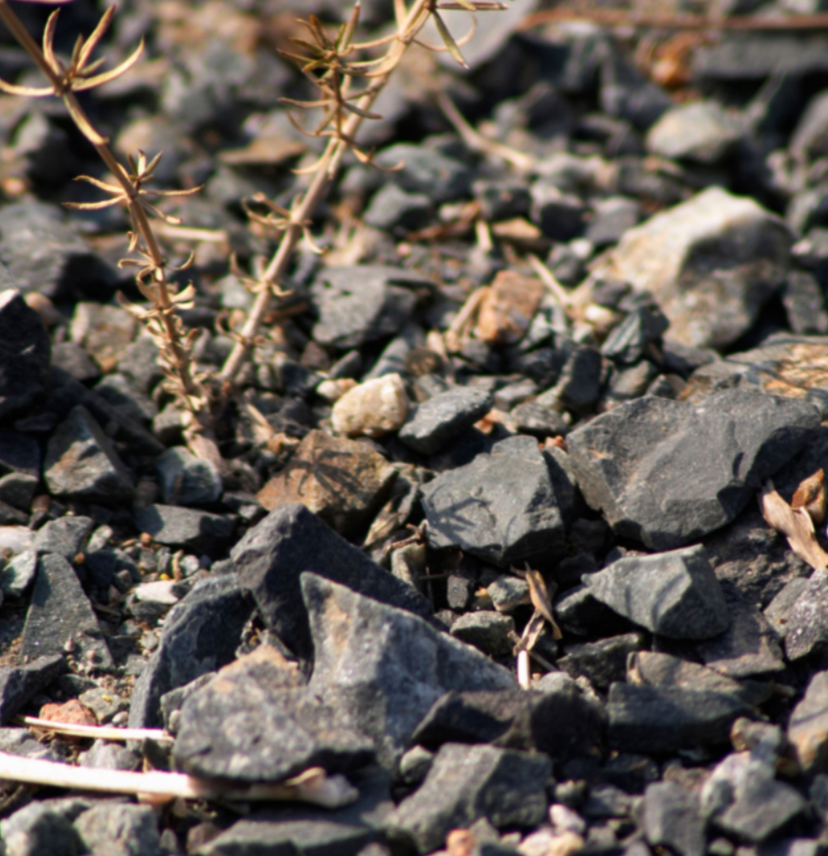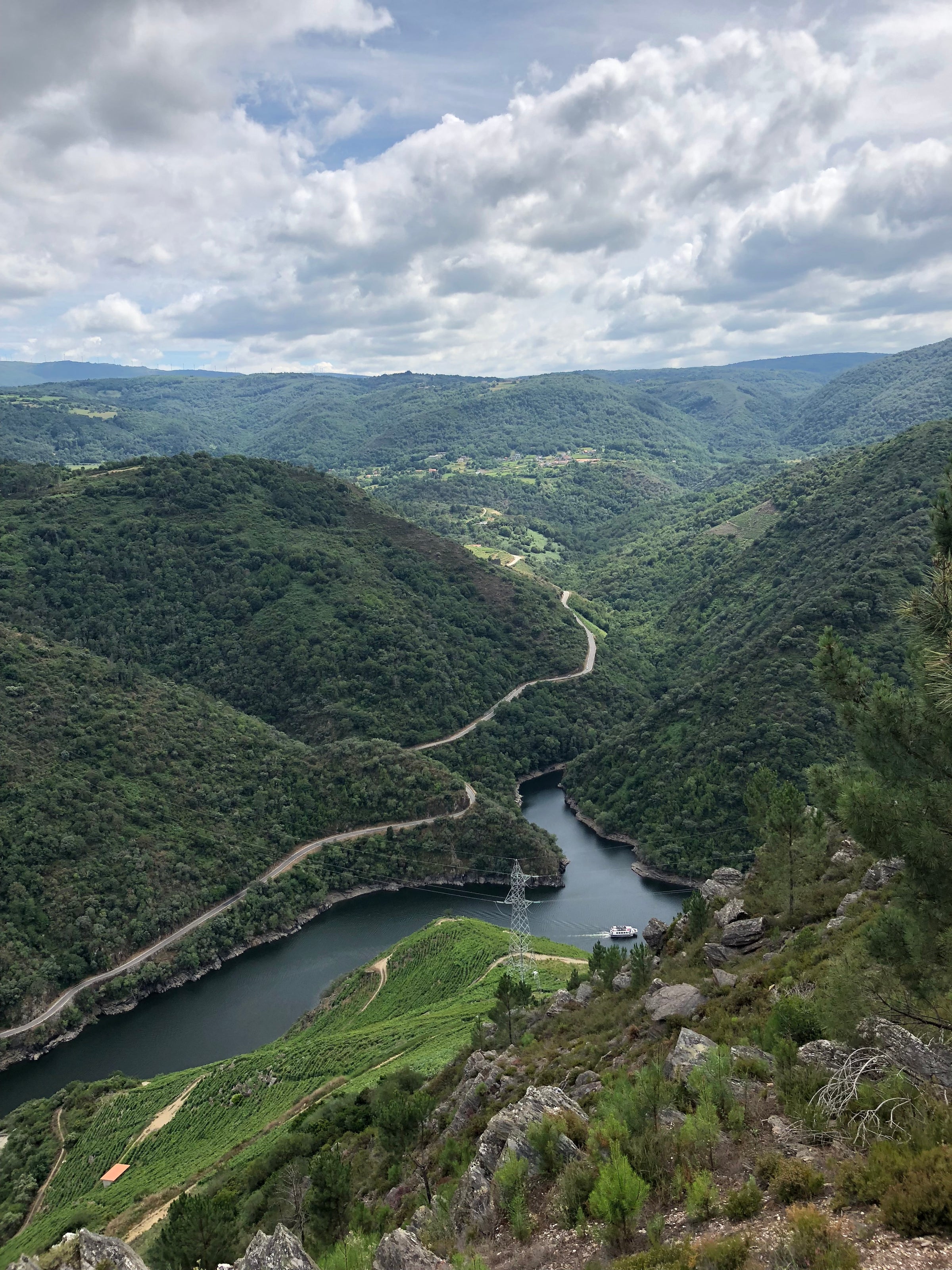Rías Baixas, translating to, “wines of the sea,” is an appellation in Galicia, and is comprised of five peninsulas that stretch into the Atlantic above Portugal. Formed during the last ice age, this geographic formation lends ample granite to the soils and salt to the bedrock, which accounts for Albariño’s pleasant salinity. The area enjoys a maritime-influenced climate and experiences six times the amount of rainfall compared to the rest of Spain. This requires the vines to often be trained on “parras,” which keeps the fruit up to ten feet off the ground in an effort to increase circulation and minimize the effects of ground moisture. Rías Baixas has skyrocketed in quality and popularity since the introduction of technological advances, including climate-controlled stainless steel tanks, in the mid-1980’s. The appellation, which only recently gained its codification in 1988, is made up of three non contiguous sub-regions: Val do Salnés, Condado de Tea and O Rosal. Val do Salnés, the northernmost sub-region, is known for its thin alluvial sand, granite bedrock and salt grains; it’s considered the best due to its cooler climate that delivers bright acidity and mineral-driven wines. It is here that Zarate produces its world-class Albariño.
Jancis Robinson, who I respect and often agree with, recently commented on Zarate, “I was particularly taken by a couple of Albariños from the recently revived Zarate, in the Val do Salnés. A family firm dating back to 1920, but it has taken the current generation to really lift the quality of these super-pure wines.” And uplift the quality Zarate has. Their quality and fame has catapulted into the twenty-first century with the current winemaker, Eulogio Pomares’s efforts. Eulogio studied in Bordeaux and Germany, investigating the unique parallels between Albariño and Riesling before taking the helm of Zarate in 2000. Since that time he has dedicated himself to upgrading technology and tending plantings with an eye toward biodynamic viticulture, continuing cultivation at Zarate without herbicides and pesticides. The entire estate is made up of Albariño, planted at low density and low yields for maximum concentration.
This wine has a pale straw core, with a light concentration of color, moving to green and gold reflections on the rim. The nose offers white peach and green tropical notes of mango skin and pineapple core intertwined with lemon and orange blossom, lees, wet stone and ocean spray. The palate offers additional green tropical notes of papaya skin and bitter melon, along with white peach, orange seeds, salted lemon and pleasant salinity, driven by crushed stone minerality and bright acidity. Avoid drinking this wine too cold, it will be a bit shy at cooler temperatures. Serve at 50-55 degrees in stemware of your choice, although a Burgundy stem best expresses the aromatics. You should decant the Zarate due to the freshness of its youth. It will drink well for the next one to two years. Serve with
this stunning octopus salad for a mouthwatering pairing.





